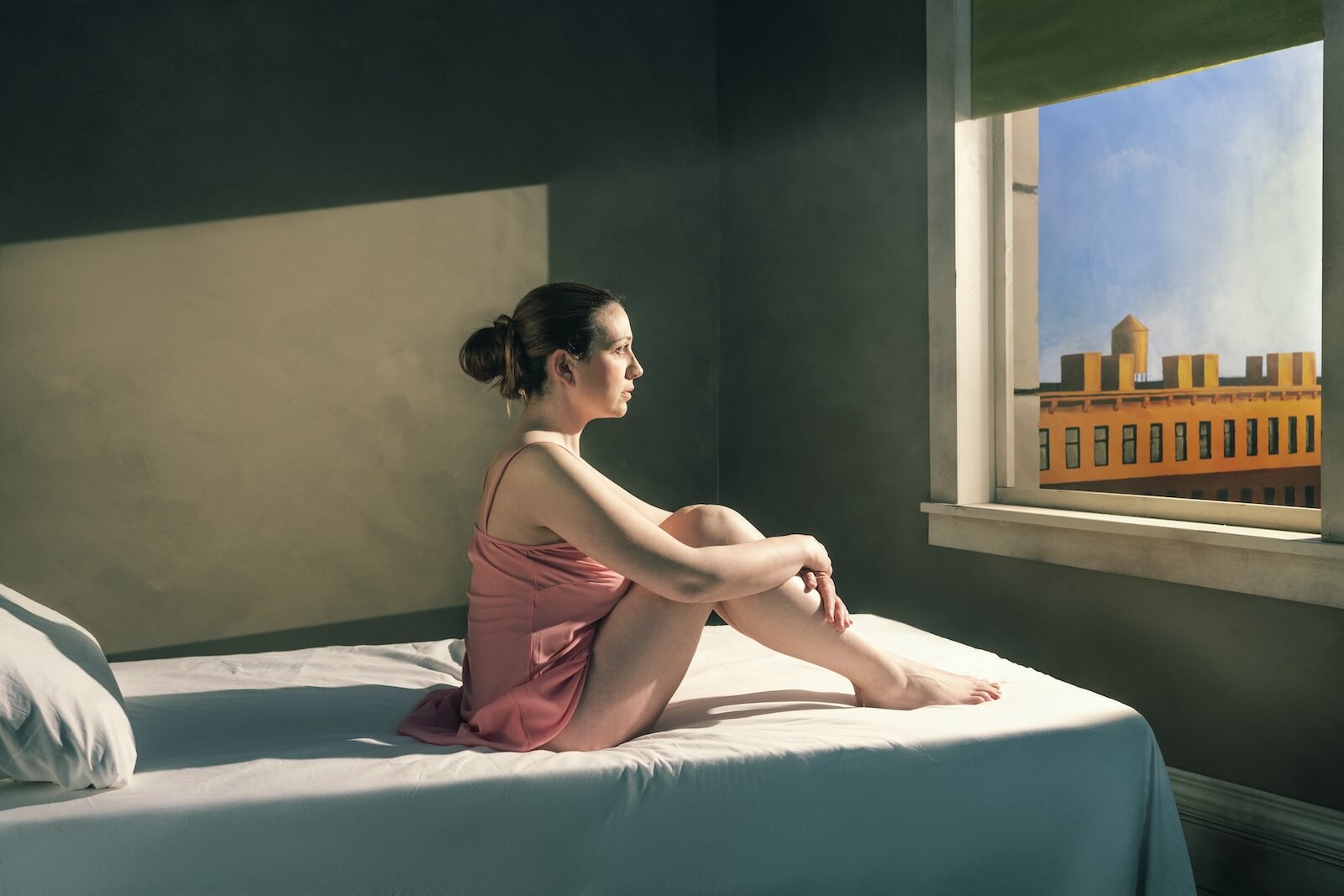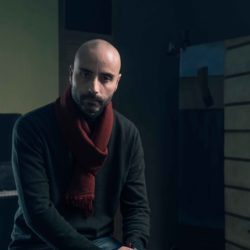Andres Gallego
TIFA 2022 Interview with Andres Gallego
Discovery of the Year, 1st Place winner in Portfolio, Non-Professional, “Hopper Essence”
Q: Tell us a little bit about your background. How did you develop a passion for photography?
I thought it was the easy way out, but no! Joking aside, I have always felt a special attraction to photography and the many possibilities it offers. Each image offers me a challenge and infinite possibilities for other projects and that, above all, is what keeps me going.
Q: Could you provide more details about how you captured this award-winning photograph? What was the main idea behind it, and how did you go about constructing it?
As I pointed out in the project statement, in 1992 a number of American photographers paid homage to Hopper in an exhibition linking photography and painting. At the event, Joel Meyerowitz emphasized the fundamental difference between the nature of photography as a momentary event and the nature of painting as a process, but what happens when we unite both languages in the same work?
Q: What does it mean to you to get this award?
First of all, I would like to thank the TIFA organization for this opportunity and I would like to acknowledge the merit of all the people who have helped and supported me along the way, especially my wife, without whom I could not have done this project.
Being chosen as Discovery of the Year and first winner in the Portfolio category at TIFA 2022, for me, means the ultimate recognition for the work and effort made, motivating me to continue creating and developing new ideas.
Q: Photography is a great medium for communicating various messages to people. What are your thoughts on this tool and how do you use it?
I enjoy constructing stories with which, starting from a key concept, they can offer multiple readings depending on the eye they confront. Thus, I try to make open interpretations in each image, so that the viewer can change his or her reading of the story each time he or she sees the image again, over time.
Q: What would you say best describes your photography and your style?
Can a non-photographer remember all the pictures he or she takes – with or without a camera – throughout the day? We live over-saturated with images that surround us everywhere. Most of them are photomontages and often photographs presented with excessive retouching. This has led me to mix the craftsmanship of scenography, painting and portraiture, to build an image with an atmosphere that makes each person who reads it stop, breathe, read and meditate.
Q: What one thing do you wish you had known before you started taking pictures?
Personally, if I had to go back, I would not want to know anything beforehand, as the learning process has been one of the most enriching experiences I have had, and I would not want to miss any of the steps taken.
Q: Could you tell us what photography gear you personally like to use?
Currently my equipment consists of two Sony mirrorless cameras (A7RIV and A7IV) and my lighting equipment consists of Godox continuous light.
Q: What would you say are some essential tools for new photographers?
The essential equipment for new photographers is basically a camera and to achieve with it what they really expect from photography. You don’t need fancy equipment, but interesting and unique ideas and concepts.
Q: Whose work has had the greatest impact on you?
The creative impulse led me to look for photographers with whom I could identify with and to revisit some names in classical painting that I had left aside due to different personal circumstances. I was struck by the narrative intentionality of the work of Eugenio Recuenco, LeTurk and Erwin Olaf. I also returned to the old masters such as Velázquez, Caravaggio and Vermeer, and to more contemporary works such as Edward Hopper and Reginald Marsh.
Q: What are your future plans? Do you have any exciting projects going on right now that you could tell us about?
I would like to go deeper into the union of painting and photography in order to be able to capture my own experiences and way of seeing the world through this approach.
I currently have two major projects in mind that I am still working on, one of them will be a work that will take me several years to complete and is oriented towards the interpretation of one of the greatest literary works of all time.
Q: If you had limitless funds for a dream project, what would you do?
If I had unlimited resources and had to choose just one image to make, my dream would be to recreate Rembrandt’s “Storm on the Lake of Galilee”.

